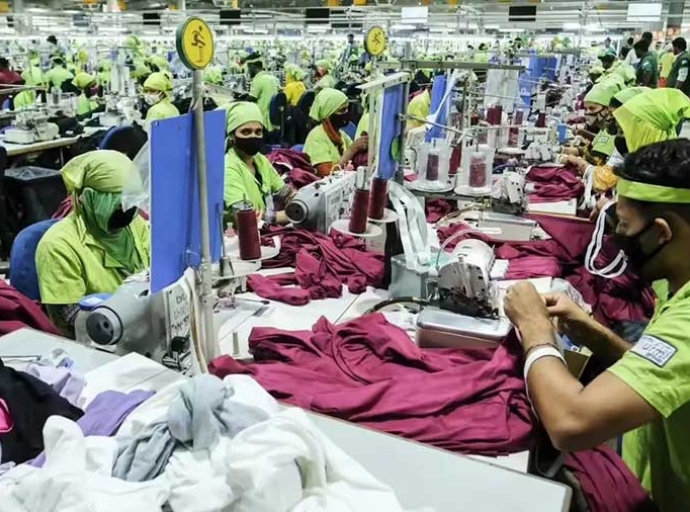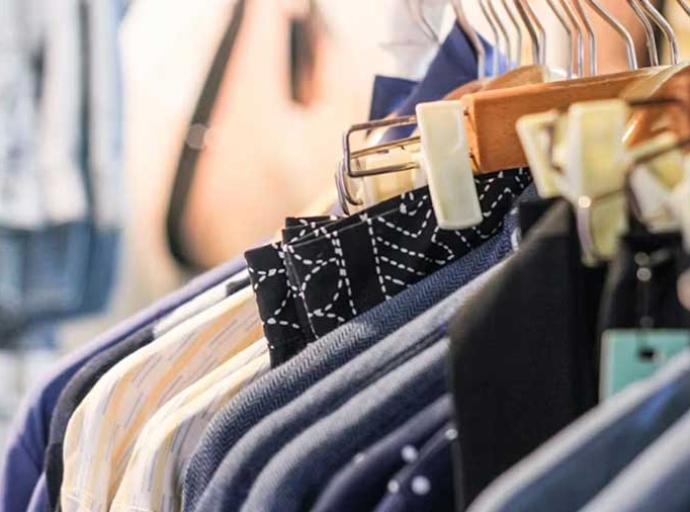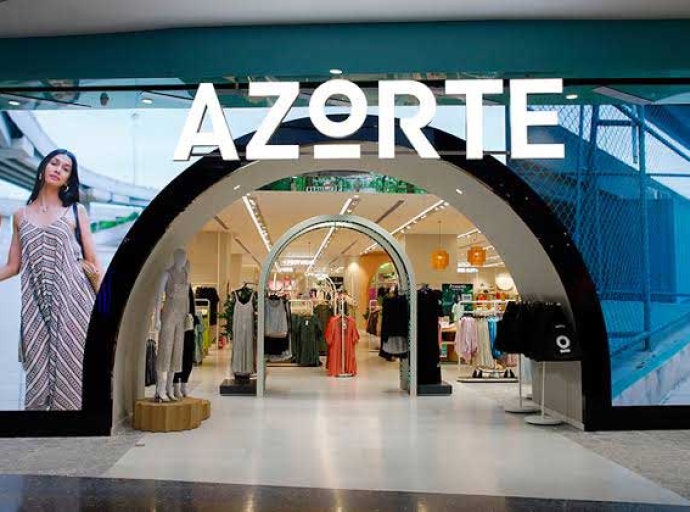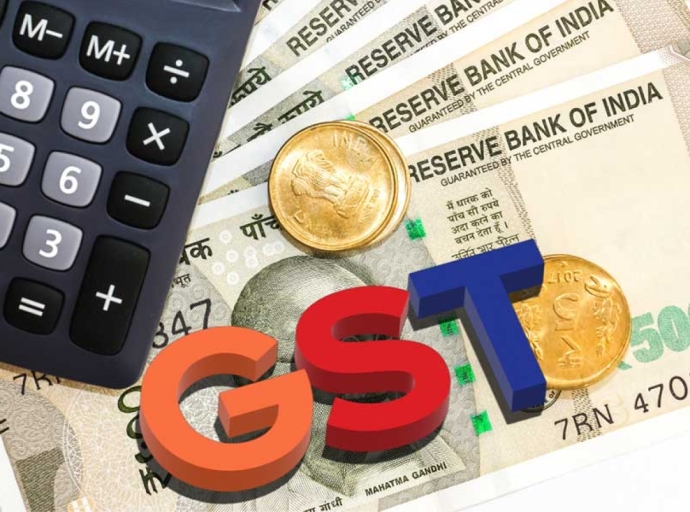20 January 2023, Mumbai
The BRIDGE between the industry and the customer is the merchandiser. To complete the product, he must purchase the raw materials, make and finish the garment, complete the paperwork, and send the finished product. He is the one in charge of creating the final result.
Decode Merchandising; Keeping a tab and close watch on the appropriate artwork for all print/embroidery/intermittent jobs from buyers a fashion merchandiser needs to create while building a costume and accessory designs while doing a fine balancing act in the journey to attain the authentic style with the sanctity/functionality of the designer.
At the broader level let us say he/she has to oversee and monitor every single assignment such as right from buying the raw materials which are required to finish the ensemble/dress in the process of engaging/interacting one has to co-od aptly with a bunch of departments during merchandising his product. Therefore, it is both muti-tasking and interdisciplinary skills.
The merchandiser's role is to oversee the order right from the word go as it cannot afford to work in silos.
AMC framework
The article needs to mention here the (Apparel merchandising competency) AMC framework which is a significant contribution to the body of literature and has critical practical and theoretical implications in the apparel & retail sector, as all the stakeholders like retailers and educators thus could utilize this framework, given that it is very pertinent to the apparel merchandising and epitomizes the specific relatable knowledge and skills relevant to the apparel merchandisers in the retail industry both today and tomorrow.
Role and responsibilities
Generally, an apparel/garment export unit has several departments, including stores, cutting, production, packaging, checking, etc., with the merchandising department as the connecting mechanism between them. A merchandiser's responsibility is to coordinate with every department in the office and the clients.
The merchandiser is the one who forges strong ties between the exporter and the buyer. Within the fashion sector, merchandising is a specialist managerial position. The fashion industry is responsible for getting products from designers' showrooms to store sales floors and ultimately into consumers' hands.
A retail organization's internal planning guarantees enough inventory to be sold at prices that customers are ready to pay to ensure a profitable operation.
Term merchandising
The idea behind the term "merchandising" has roots in early history, at the beginning of international trade. The existence and development of trade between the more prominent civilizations of ancient times, including Greek, Roman, Indian, Chinese, and Egypt, are extensively documented.
However, in those days, the meaning of the term "merchandising" was limited to the trade of materials or goods that were obtained from nature or generated from the heart and were not developed for a particular use or a specific audience.
Materials that satisfy a person's basic needs for survival, such as commodities, live animals, textiles, and opulent objects like gold, diamonds, and valuable stones, were exchanged.
Evolutionary development
In the past, things were manufactured by families and at home rather than in large quantities. Factory systems supplanted home production during the industrial age, and manual labor was replaced by machinery.
Large-scale consumption came after mass manufacturing. Following the industrial revolution that began in the 20th century following World War 2, the term "merchandising" gained prominence, notably when there was a significant transition from custom tailoring to ready-made clothing. Product development was in high demand during this time.
To meet needs, merchandising developed as a link between design and sales. It gained pace when a market concept arose in the sector that gave customer needs more power. The structure, purpose, and substance of garment companies, particularly those in the United States, saw significant changes between the 1960 and the early 2000s.
The garment sector experienced a tremendous development spurt in the 1970s that persisted through the 1980s and 1990s. The United States significantly influenced the evaluation of merchandise in the apparel sector.
The larger purpose
Fashion merchandising includes all activities, including production and retail merchandising, starting with fashion forecasting, design, and product creation, and ending with retail sales.
The buyer will be responsible for taking care of this. Retail items with decorative value, whether or not they also have helpful worth, are considered fashion merchandise.
Design Development (DD) In Textiles
Since all clothing items may be decorative and practical, they make up most fashion merchandise. The design is based on themes and incorporates fashion principles like proportion, balance, rhythm, emphasis, harmony, and design elements like color, texture, line, shape, and fabrication.
The design development should be workable, in line with the prevailing trends, and translate into the final product. Design development is primarily based on the number of lines and groups the company plans to offer during a given season.
Latest Publications


































